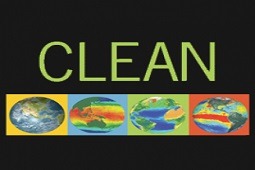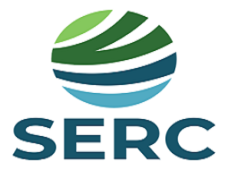Who We Are and What We Do
The National Science Digital Library provides high quality online educational resources for teaching and learning, with current emphasis on the sciences, technology, engineering, and mathematics (STEM) disciplines—both formal and informal, institutional and individual, in local, state, national, and international educational settings. The NSDL collection contains structured descriptive information (metadata) about web-based educational resources held on other sites by their providers. These providers have contribute this metadata to NSDL for organized search and open access to educational resources via this website and its services.
Meet Our Partners
Partners in the NSDL network include STEM education organizations and institutions providing digital resource collections, services, partnering opportunities, and connections to multiple communities of practice over a wide range of education levels and disciplines: K12, higher education, informal and lifelong teaching and learning.







